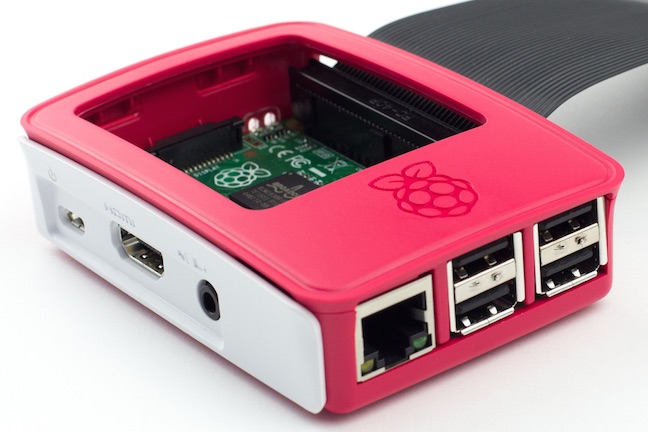I’ve written earlier that my first “real” computer was the Acorn BBC Micro. I did have a Sinclair ZX80 a bit before then, but that little machine only had 1KB of RAM and a very shabby flat touch keyboard. The Acorn BBC had a real properly clicky keyboard, vastly more RAM (32KB 😉 and twice the CPU speed as well as many more options for attaching devices and hacking around in both hardware and software space. I didn’t quite realise all that, but I knew I wanted one and it was an amazing experience to play with and learn from.
In 1984 a new game came out, Elite. Very different from the other stuff that had been around. It was 3D, in space, and didn’t have the typical “3 lives, a few challenges, and N minutes of game play”. In the video below, BBC’s Peter Snow visits the Elite authors David Braben and Ian Bell, to explore how the game was developed. It’s a most interesting story. I didn’t know the 3D space radar screen had been a last minute addition. Indeed it turned out to be one of the key features!
The video doesn’t mention that many aspects of Elite were based on the Classic Traveller RPG (Role Playing Game), including ship designs and trading approach. The authors did acknowledge this elsewhere. It’s fine, just good to know about heritage and influences.
Of course the gaming world has moved on, itself influenced in a major way by Elite. The game Elite itself is also still around, with David Braben most recently developing Elite: Dangerous.
Elite taught interesting lessons for game developers, which are sometimes forgotten today. It’s not all about the fancy graphics, the game play experience is much more than that (and actually not necessarily about the graphics at all). Size matters, even today – inevitably, if you have load more data from disk, it’s slightly slower. So if you’re more space efficient, the broader game will appear snappier: more responsive and faster.
“Tight code” and design is not typically something programmers focus on now, but it’s a real asset. It requires proper understanding of a system, down the software layers into the hardware. It’s worthwhile, even if you’re not planning on writing the next amazing video game. I don’t like to delve into the common Intel based PCs as they’re overly complex and really quite messy. But looking at Arduino micro-controller environments is entirely feasible, and also Raspberry Pi. And that’s also the kind of understanding that we work on in our OpenSTEM workshops and programs for school classes.







I was very impressed with the layout and design of the Mirobot. I purchased the kit which required soldering. The…
Ian Cunningham